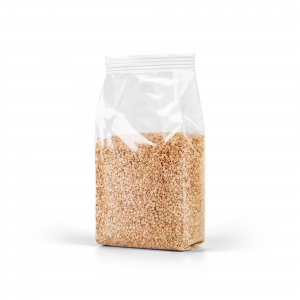Is the Size of Your Blog Post Inflated?
For the second time this week, an article in the Indianapolis Business Journal caused me to consider some of the unique challenges of blog content writing…
“Looking for signs of inflation? Check the sizes of the goods you buy,” observed Cecil Bohanon & Nick Curott in the Indianapolis Business Journal. “Sellers of many consumer items resorted to reducing the quantity of the product to obviate explicitly increasing the dollar price of the product.” In other words, the package of cereal or cookies, or gum, stayed the same size; there was just less stuff in the box!
“Why are cereal boxes half empty?” Well, ABC Packaging admits, “bigger boxes give the impression that there is a lot of cereal inside”. “Large packaging is misleading and not fair, consumer campaigner Fred Isaac was saying back in 2016.
Well, duh….But economics aside, as a blog content writing trainer, I caution against “inflating” the length of blog posts. What’s the current wisdom on the subject? Brightedge.com offers the following advice in favor of longer posts: “If your piece does not provide enough depth or if it only gives a cursory treatment of the topic at hand, it may not be deemed high-quality content. You will want to dive deeper and provide more information as well as have an optimal blog post length.” “While attention spans may be going down, the average word count of blog posts is on the rise,” observes blogtyrant.com.
At Say It For You, we tend to agree with the checklist Jasmine Gordon offers. We blog content writers will know we’re done with a particular post IF:
- we’ve covered the topic in depth
- we’ve offered more value than the competition
- we’ve incorporated high-quality visuals
- we’ve verified our research and facts
My take is similar to that of Fred Isaac: Honest packaging should mean that longer posts deliver more information and a deeper dive into the subject. Having composed blog posts (both as a ghost and under my own name) numbering in the tens of thousands, I’m finding it difficult to fix on any rule other than “It depends!” I think maybe Albert Einstein said it best: “Make everything as simple as possible, but not simpler.” In blogging, I’ve found that as long as you stick to a central idea for each blog post, you need to “say it until it’s said”, making your post as short as possible, but not shorter.
Ask yourself – Is the “package” filled with necessary, useful information, or is the size of this blog post inflated?






Follow us online!